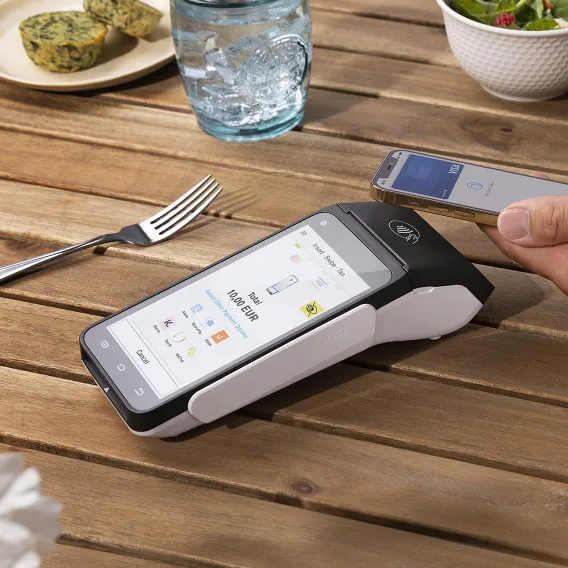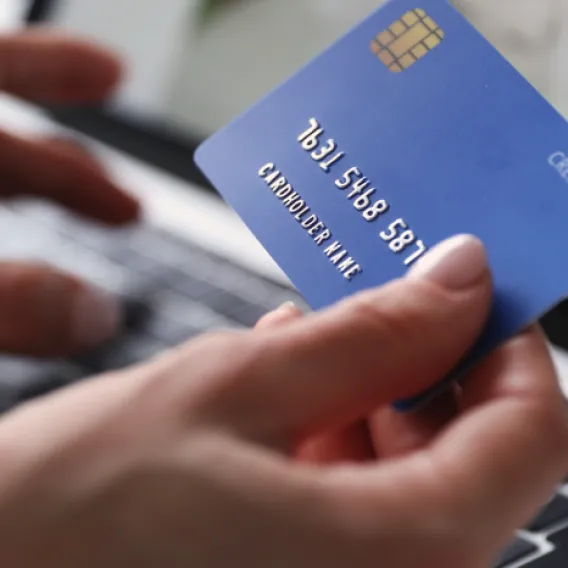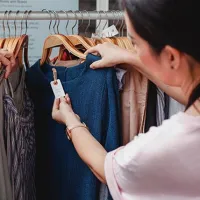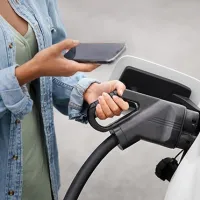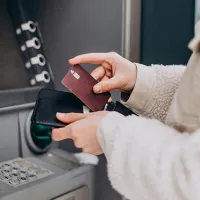Payment solutions that empower you to create captivating commerce. Here. There. Everywhere.
Trusted by Merchants Everywhere
- $450B+ value of secure transactions flowing through our gateways every year
- 14B+ transactions processed annually - one of the largest in the world
- 165+ countries where our solutions make business happen, every day
- 70+ Verifone offices around the world to serve our customers - locally, regionally and globally
We'll help find the right solution for your business.
It all starts with understanding your needs – and your goal. Our team of specialists are ready to listen.




